Only One Factory in the United States Still Makes Washboards, and They Are Flying Off of Shelves
Sales of the antique tools have boosted since the start of the Covid-19 pandemic, with people wanting to avoid a trip to the laundromat
/https://tf-cmsv2-smithsonianmag-media.s3.amazonaws.com/filer/58/51/5851ab6f-62c3-4fbe-bfbf-af49b9643673/columbus_washboard_co-3.jpg)
Since Covid-19 broke out in the United States this spring, one unlikely item has seen a spike in sales: washboards.
For the uninitiated, washboards are used to clean laundry, and typically have a wooden frame surrounding a rippled metal surface. You soak clothes in soapy water, then rub them against the metal surface to scrub the fabric. Washboards are antiquated, but one last remaining factory produces them in the United States. In Logan, Ohio, the Columbus Washboard Company still sells about 80,000 washboards per year. Co-owner and factory manager James Martin estimates that 40 percent of the company's sales are to people using them to wash clothes or keeping them for a prepper stash, 20 percent are sold for decoration and 40 percent are sold for use as musical instruments. Washboards are considered percussion instruments, with players using any available tools to make noise on the rubbing surface. It’s a pastime that originated with enslaved laborers on southern plantations.
“We’ve had at least a double increase in sales from Covid,” says co-owner Jacqui Barnett. “We’re selling to a lot of individuals that live in apartment buildings, so they can do their own laundry in their own sink instead of having to face going to a laundromat right now.” The company really only knows how washboards are being used if customers tell them, but Barnett and Martin are able to determine the most likely use based on the shipping addresses—many of which are now apartment buildings in larger cities. It's especially telling considering they haven't changed up marketing at all during the pandemic; the company still relies on its website and advertising in local tourism magazines.
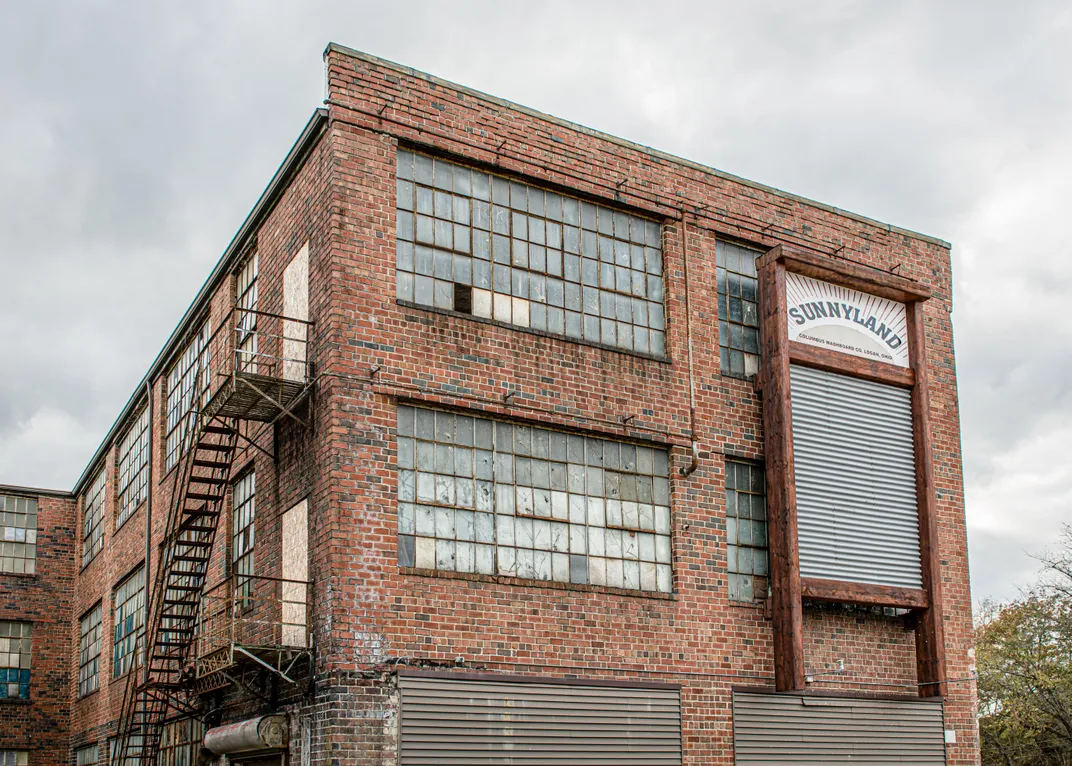
In Kidron, Ohio, Lehman’s Hardware Store, which focuses on selling non-electric products, has seen a similar boost in washboard sales. “For the main galvanized washboard, we have seen, from February 19 to October 20, a 500 percent increase, and the three other washboards have at least doubled,” says Glenda Ervin, sales manager and daughter of the store’s founder. Typically, Lehman’s sells to homesteaders—but Ervin notes that the sales increases across their products are from people who are new to that lifestyle. “It’s all about people being concerned that the way they do things isn’t going to work anymore,” says Ervin. “So people look to the past to secure their future. My great-grandma probably did all her laundry in a tub with a washboard, but that’s not something I would do unless I was worried I wouldn’t be able to use my washer and dryer anymore.”
No one really knows when washboards started to be used, but the first known patent was awarded in 1797. From there, they continued to gain popularity as the best way to wash clothes—until the washing machine was invented in the early 1900s, anthropologist Cassie Green noted in her 2016 thesis, "Agitated to Clean: How the Washing Machine Changed Life for the American Woman." As the technology improved, washboards were used less frequently, slowly fading almost out of existence after the 1950s.
The Columbus Washboard Company opened in Columbus, Ohio, in 1895, when Frederic Martin Sr. (no relation to James) began building and selling washboards in his backyard. Building washboards was a hobby for Martin, who sold them in his spare time. The current owners estimate he produced and sold less than 1,000 washboards for the first 30 years of the company’s existence. In 1925, though, Martin's son—Frederic Martin Jr.—purchased everything the company owned. Admittedly, it wasn’t much: a patent and trademark for the “Bear Easy” brand washboard, a handful of saws, and a metal-crimping machine. But from these humble beginnings Frederic Jr. and his wife, Margaret, built a thriving empire, selling more than 23,000,000 washboards in their lifetimes. At the time of their deaths, in 1987 and 1988, respectively, the Columbus Washboard Company had been the only functioning washboard factory in the United States for more than a decade—the last competitor closed in the early 1970s. In 1999, when the Martin family decided to close up shop, Barnett and her husband (at the time a seamstress and a construction company owner), along with a group of six others, refused to let the history die. They banded together and bought the factory and all its equipment, moved everything to Logan, about 50 miles southeast of Columbus, and continued operation. The company is now owned by Barnett and her husband, Bevan; Joyce and Larry Gerstner; and James Martin.
“It’s a crying shame that something as homegrown as this could have disappeared in 1999,” Martin says. “Can you imagine how many other businesses from the 1800s were struggling in the '90s and have now disappeared? Twenty years down the line, we’re still proving our relevance. We’re creating jobs, and we’re keeping this little industry alive.”
Today, the Columbus Washboard Company sits just about a block off the main downtown drag of Logan. The 33,000-square-foot brick building, of which 11,000 square feet is used by the company, looks just like any other old factory or warehouse—loading docks on the first floor and banks of small square windows on the upper levels. One thing, though, sets it apart—the world's largest washboard, tacked up to the side of the building. Inside, two full-time employees and one part-time accountant work to produce 120 washboards a day.
The factory offers tours by reservation, which run about 35 minutes and allow visitors to learn about the process of making washboards and see historical equipment—some of which is still used today. The first stop is the wood room, where finger joint machines cut out joint grooves on the top and side wood pieces for the washboard frames. Next is the cross rail slotter, a modernized antique machine that cuts oval slots with a router for the pieces of wood that go horizontally across the bottom of the branded board and across the base of the rubbing surface. When the wood pieces are ready to be assembled, the tour heads to the gravity-fed nailing machines. These machines are from the 1800s, and once pushed six nails at a time into the joints of the washboard; the job is now done with standard nail guns retrofitted into the 200-year-old machine. Another historical machine crimps the metal to slot into the washboard. Next, the washboards go to two presses, which are the only remaining original washboard presses left in the country. At this station, the entire contraption is pressed together. Here again, the machine has been modernized with nail guns. Before the company switched to screenprinting, the washboards would head to the antique printing press. This is where wooden boards were branded with client logos, using curved metal plates called dies and ink, and added to the tops of the washboards. In 1999, the company moved to screenprinting; the dies frequently broke and weren’t able to be edited, whereas screenprinting allows for changes to templates and the ability to print with lead-free ink. The ink is important—it doesn’t fade with use, and it’s safe for kids. Columbus Washboard Company now sells 12 washboard styles in three sizes.
“A lot of the people that come here really enjoy seeing the old machinery still working,” Barnett says, when asked about the most popular part of the tour. She also enjoys sharing the fun of the washboard as a musical instrument, an experience that happens at the end of each visit. “We give everybody a washboard and some sticks to play with, and we show them how to become a musician playing washboards.”
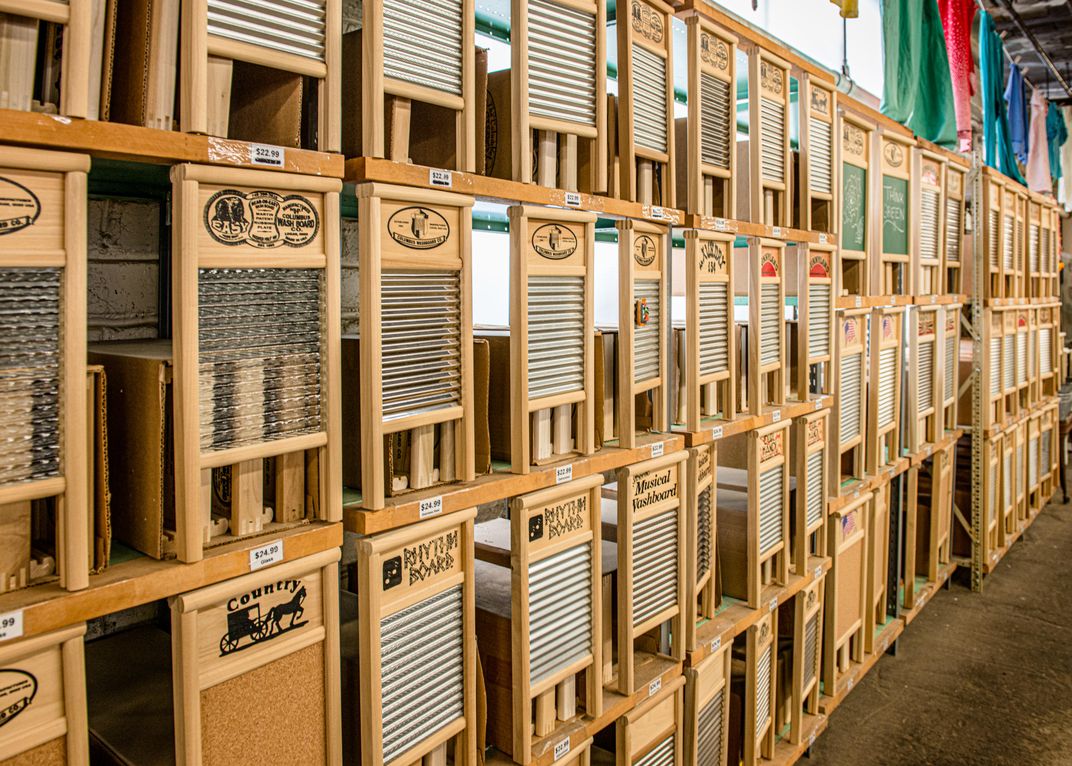
The factory is also a de facto museum for washboards of years past. Columbus Washboard Company has a record—in the form of a wall of washboard samples arranged in perfect Instagram backdrop style—of every washboard the company has produced over the years, and donations are regularly dropped off. The oldest washboard they have on-site is from the late 1800s, but the wartime washboards are the most interesting, according to Martin and Barnett. The “V for Victory” washboard, for example, was produced in 1941, and instead of a metal washboard surface, it’s made completely out of wood. There was a nationwide metal shortage that year because of World War II, and the company had to get creative with surfaces. Another washboard type produced during the war—and that’s both on display at the factory and still in use today—had a glass rubbing surface. This variety became a favorite of customers in salty-aired Hawaii and Bahamas because glass doesn’t rust or corrode due to air quality. Barnett herself introduced a stainless steel rubbing surface specifically for musicians, because it holds up longer than the typical galvanized metal surfaces found on washboards. Then, of course, visitors can head outside after the tour to get a glimpse of the world’s largest washboard, 24 feet tall and tacked up on the side of the building.
“We’re keeping a piece of American history alive and showing that it’s still relevant today,” says Martin. “These products were invented in the 1800s, but we’re still here. This year of all years has shown the relevance of [washboards] and that they can suddenly come back again.”
Ervin agrees. “People are craving a feeling of self-sufficiency and satisfaction and getting something accomplished, even something as simple as doing their laundry,” she says.
[Editor's Note, June 9, 2022: A previous version of this article incorrectly stated that the Columbus Washboard Company is the only factory in North America still making washboards, when, in fact, it is the only factory in the United States still making washboards. The story has been edited to correct that fact.]
/https://tf-cmsv2-smithsonianmag-media.s3.amazonaws.com/accounts/headshot/JenniferBillock.png)
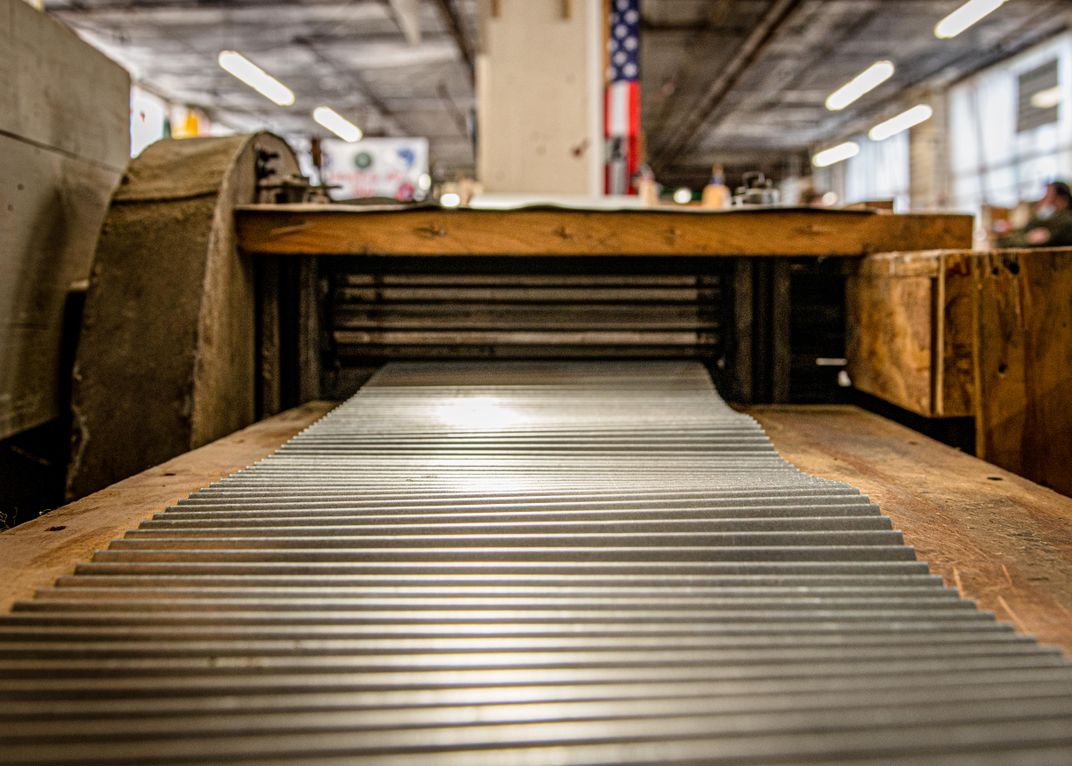
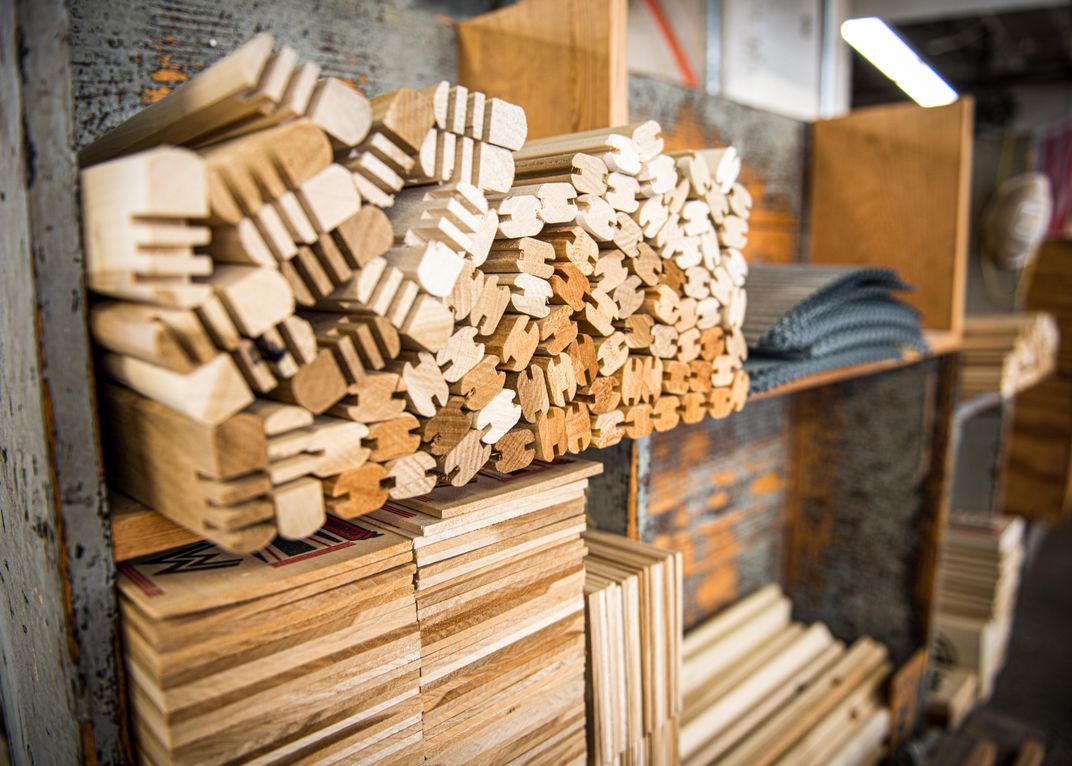
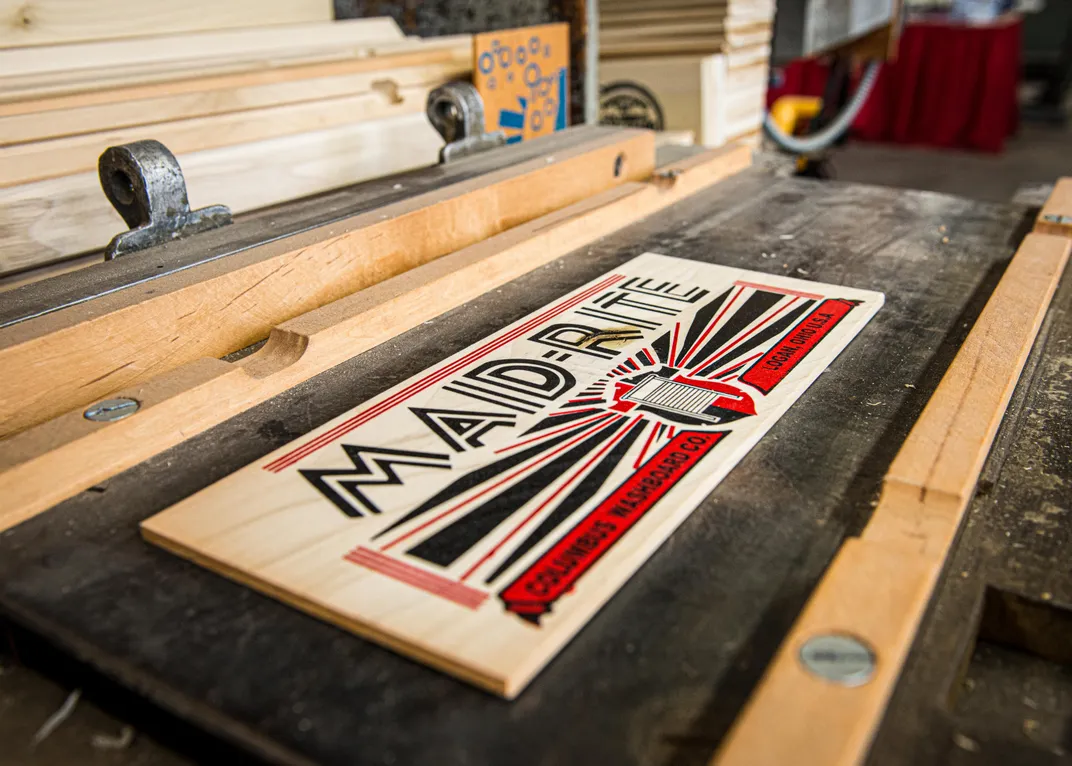
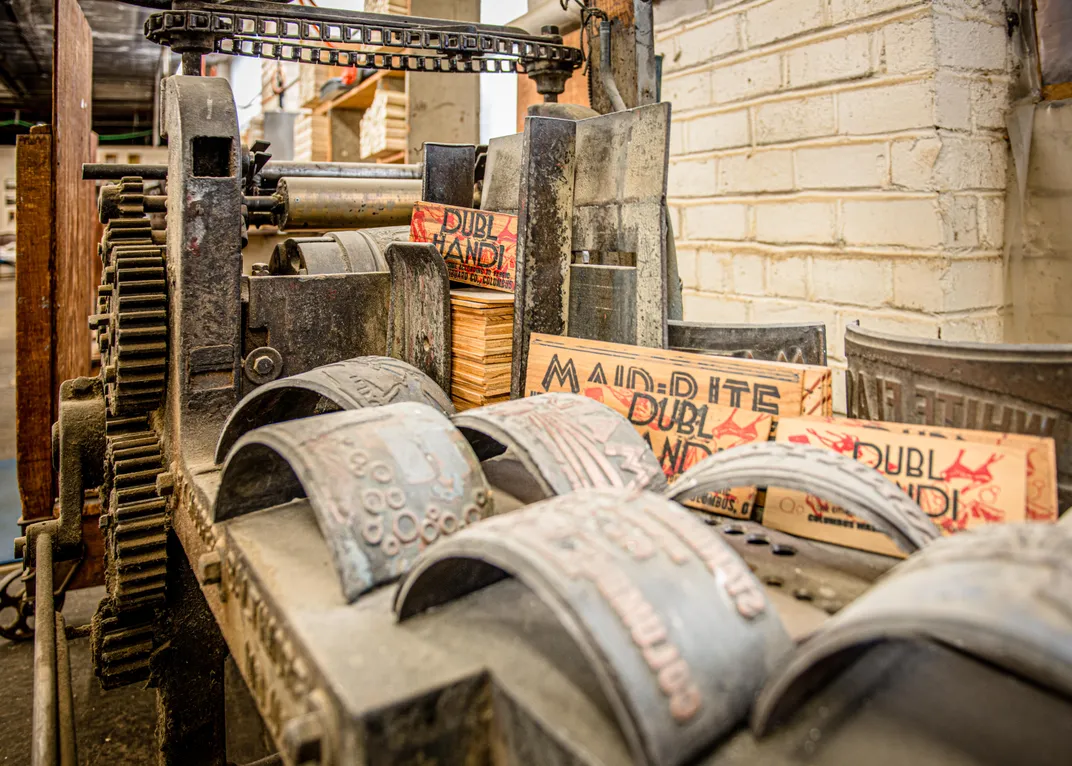
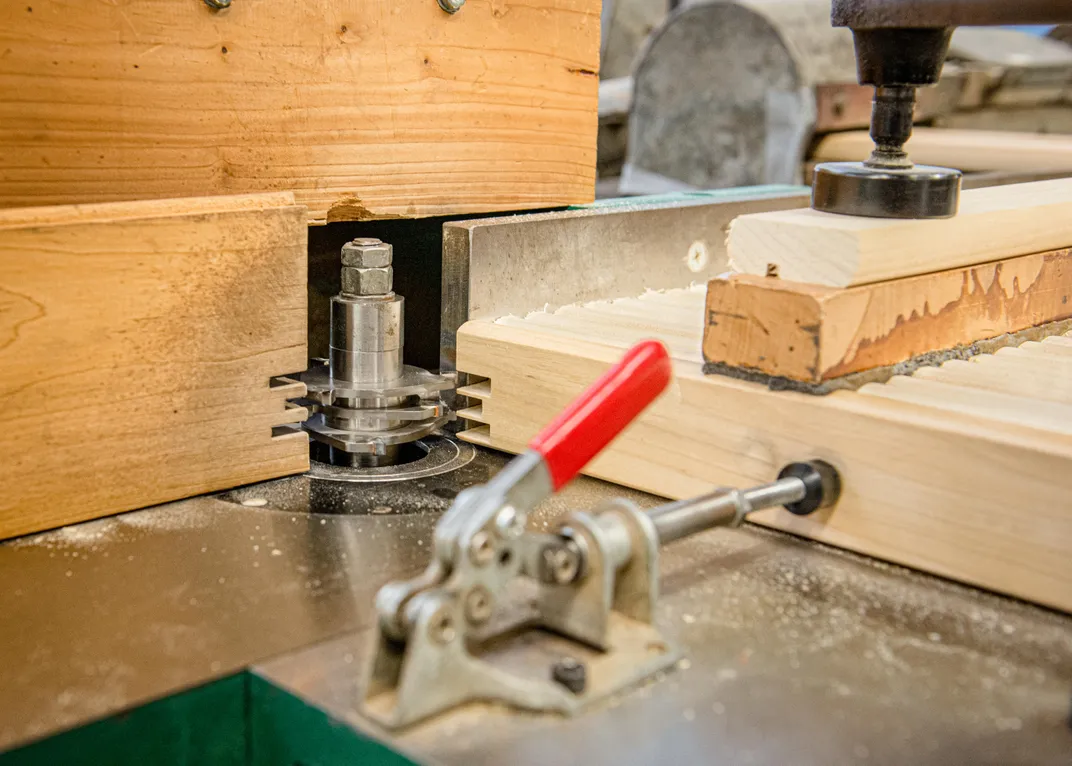
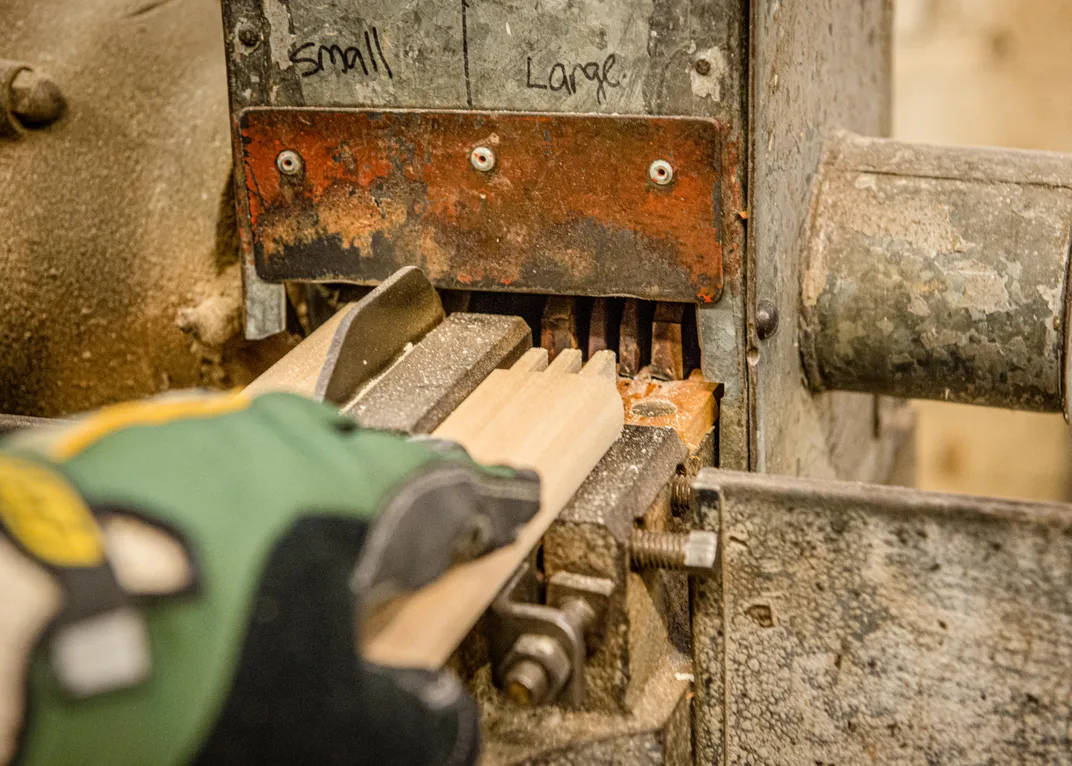
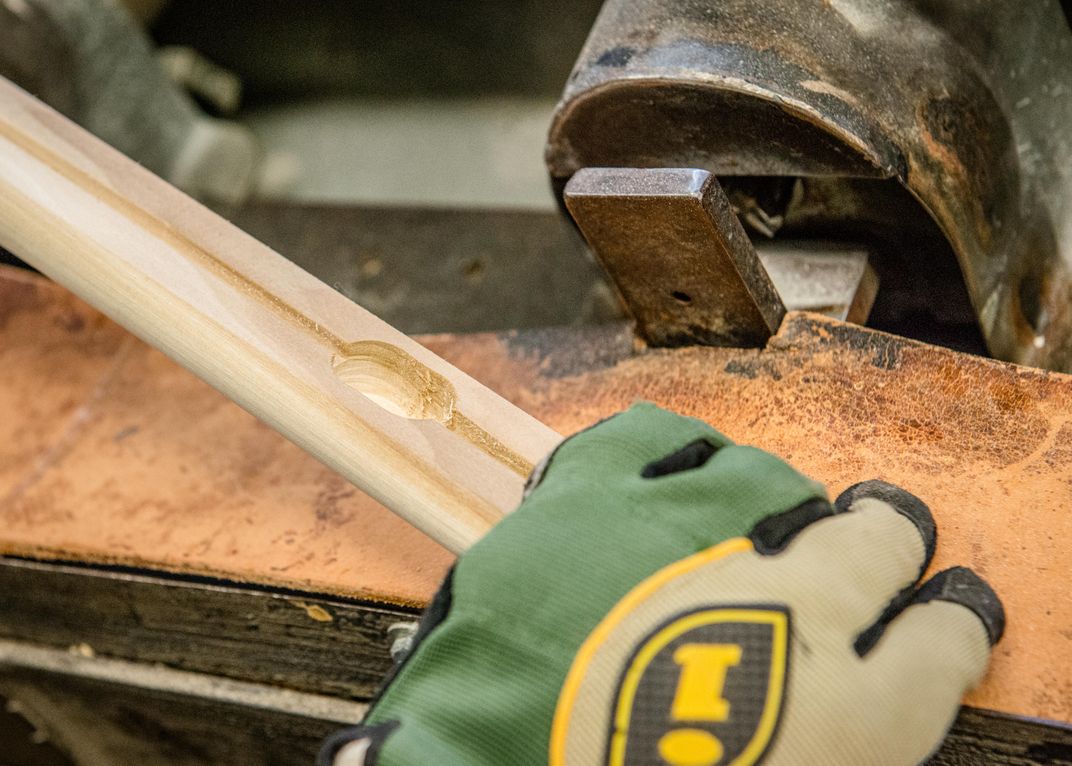
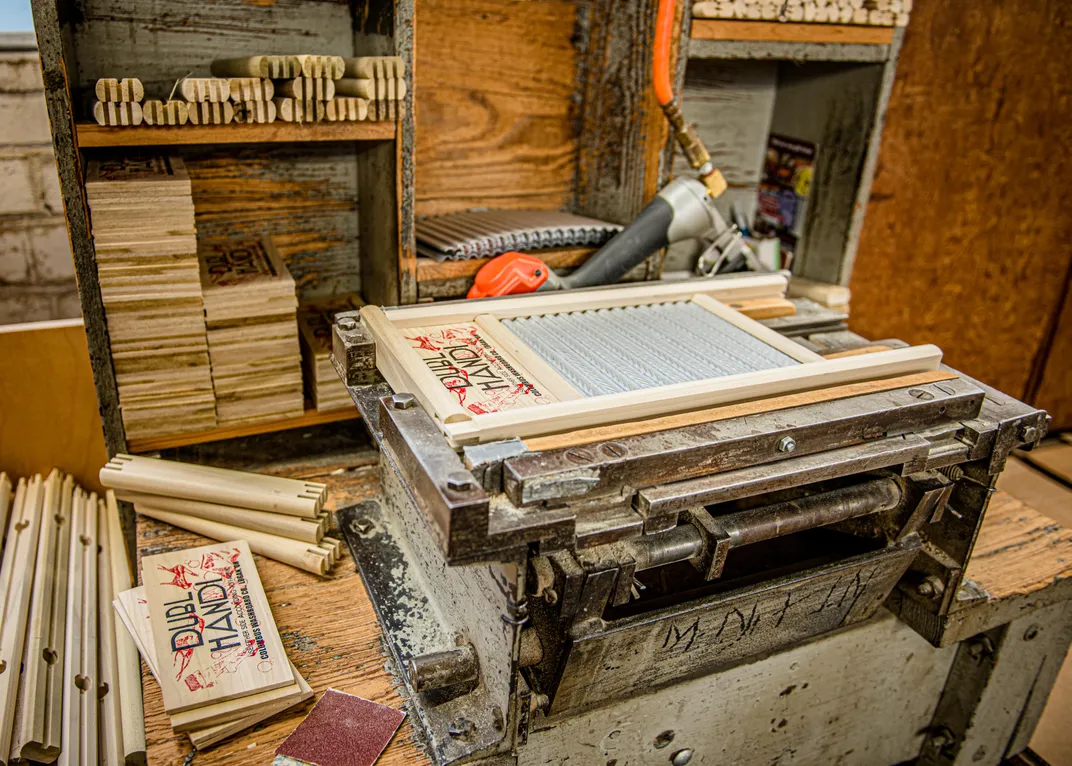
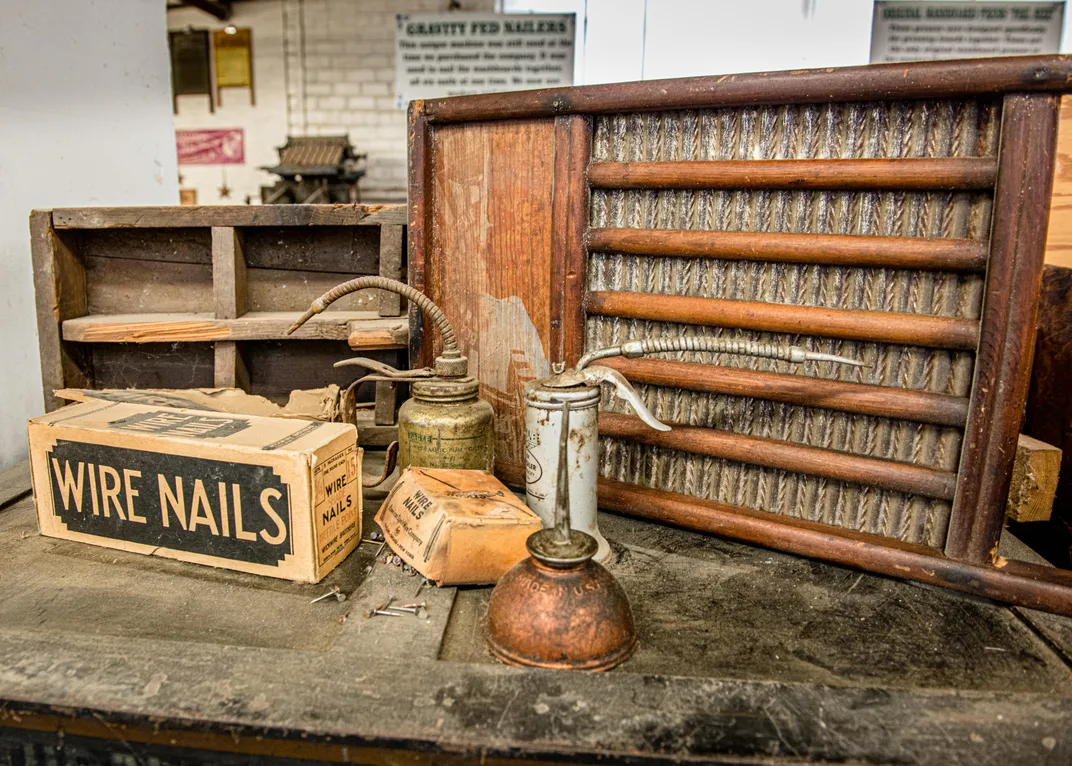
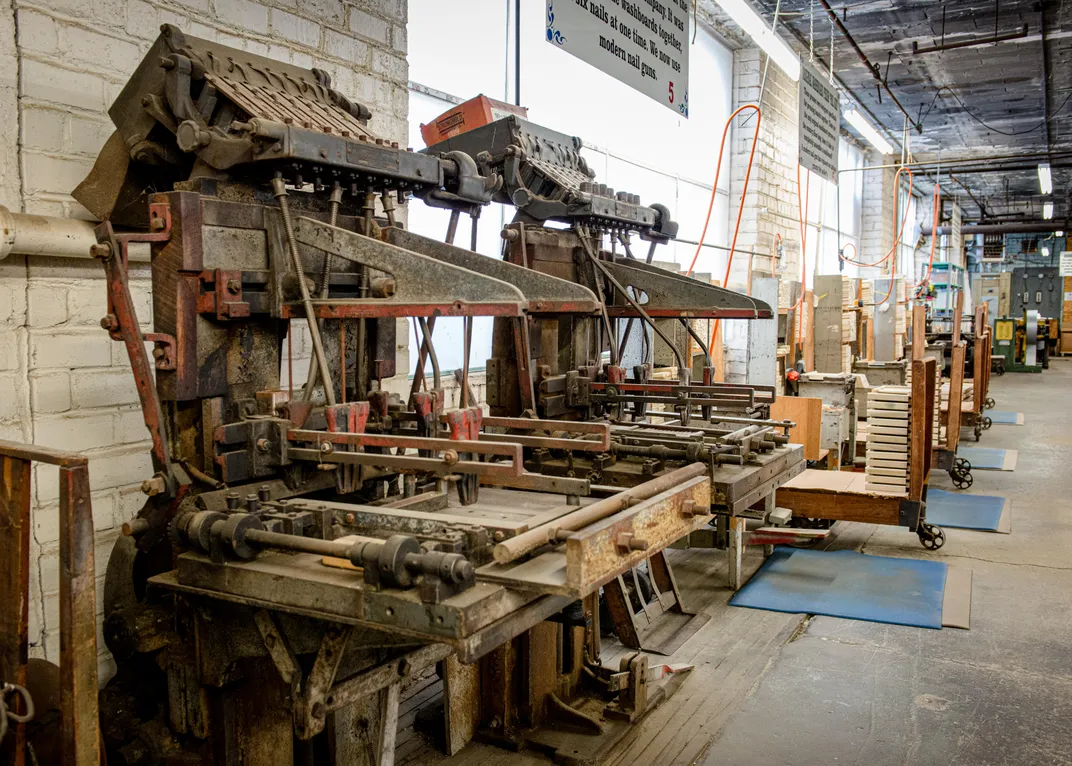
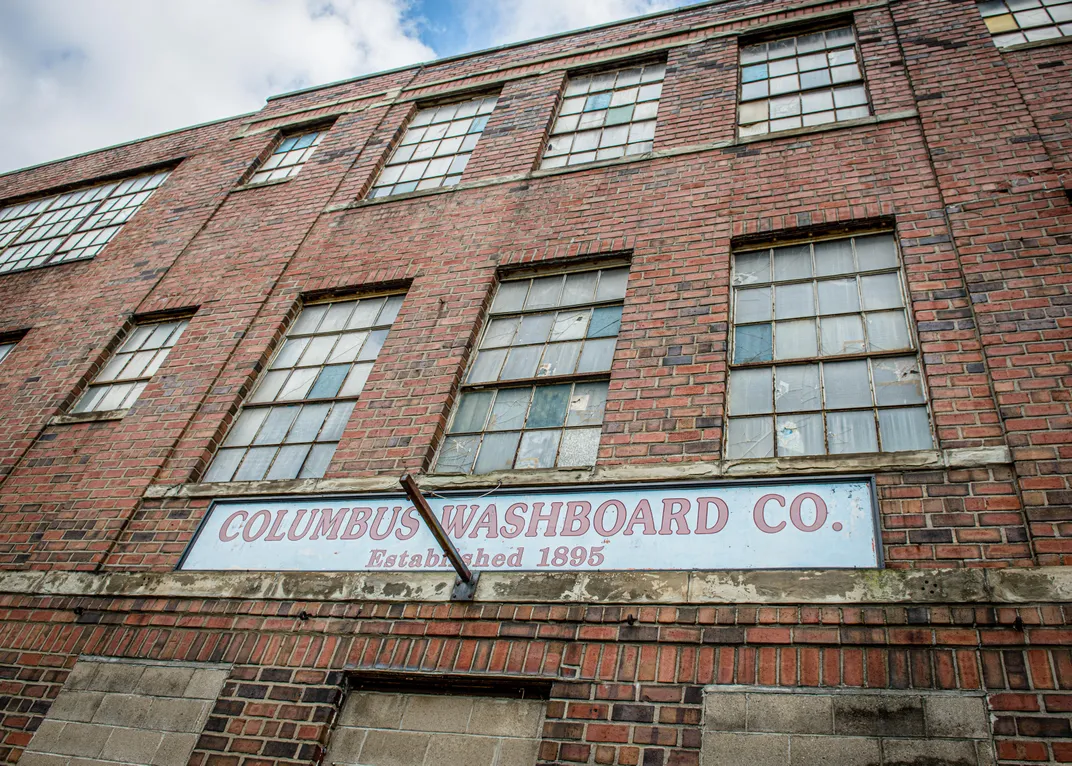
/https://tf-cmsv2-smithsonianmag-media.s3.amazonaws.com/accounts/headshot/JenniferBillock.png)